Embark on an epic journey to the summits of the Americas’ most majestic mountains! From the icy crown of Denali in Alaska to the sun-kissed peak of Mount Whitney in California, we’ll uncover the secrets these natural giants hold. Delve into their fascinating geological history, explore their unique ecosystems, and experience the breathtaking beauty that only the highest peaks can offer.
Highest Mountains in the Americas
North America boasts an impressive array of towering peaks, with the United States claiming an astounding 299 summits exceeding 3000 meters. Mount Denali in Alaska reigns supreme, piercing the sky at a breathtaking 6,190 meters. This icy giant stands as a testament to the raw power of nature, anchoring the impressive Alaska Range which alone boasts 18 peaks surpassing this impressive elevation.
Canada, sharing a border of majestic peaks with its southern neighbor, contributes eight peaks over 3000 meters, creating a natural bridge of towering giants between the two countries. Further south, Mount Whitney, perched on the California-Mexico border, claims the title of the highest peak in the contiguous United States.
These majestic mountains are more than just breathtaking landscapes; they are living records of our planet’s history. Locked within their rocky slopes and icy peaks are clues about tectonic shifts, erosion patterns, and even the impacts of climate change. These peaks also support an incredible diversity of life. The unique ecosystems found at high altitudes are teeming with specialized plants and animals, showcasing the remarkable adaptability of life on Earth.
The allure of these towering giants extends beyond their scientific significance. For centuries, adventurous souls have been drawn to the challenge of scaling their heights. Climbing these peaks requires not only physical strength and technical skill but also a deep respect for the power of nature. The stories of these daring ascents become legendary, inspiring future generations to push their own limits and seek adventure in the face of adversity.
Exploring the Highest Peaks in South America: From the Andes to Patagonia
Imagine a colossal mountain range spanning seven countries, its jagged peaks piercing the sky like teeth of a colossal dragon. This is the Andes, home to some of the tallest mountains outside of Asia, with Mount Aconcagua reigning supreme at an astounding 22,841 feet – a height equivalent to six Empire State Buildings stacked atop one another!
The Andes are a tapestry woven from diverse landscapes. Lush rainforests cling to the lower slopes, their emerald green contrasting sharply with the snow-capped peaks above. Volcanic summits, remnants of Earth’s fiery past, pierce the clouds, while the heart of the Andes, the Central Andes region, encompasses parts of Peru and Bolivia, where the towering presence of Aconcagua meets the vast, otherworldly expanse of the Altiplano plateau.
This awe-inspiring mountain range owes its existence to the incredible forces of plate tectonics. Millions of years ago, the Nazca Plate, a massive chunk of Earth’s crust, began sliding under the South American Plate. This slow-motion collision, known as subduction, thrust the land upwards, creating the Andes. The intense friction generated by this process also triggered volcanic eruptions, further shaping the dramatic landscape we see today.
The Andes are more than just geological wonders; they are a testament to the power of nature and a source of inspiration for adventurers and nature lovers alike. For centuries, climbers have been drawn to the challenge of conquering these slopes, pushing their physical and mental limits to stand atop these majestic peaks. But beyond the human desire for achievement, these mountains are guardians of a rich tapestry of life, providing sanctuary for a dazzling array of plants and animals found nowhere else on Earth, each uniquely adapted to the extreme conditions of high altitude. Protecting this fragile ecosystem is crucial, ensuring that future generations can marvel at the breathtaking beauty and biodiversity of these South American giants.
How are Mountains Formed?: Understanding the Geology Behind the Americas Highest Peaks
The majesty of mountains is undeniable, but how do these colossal structures rise from the Earth? The answer lies in the powerful forces of plate tectonics – a slow-motion dance of massive plates that compose Earth’s crust. These plates constantly drift and interact, sometimes colliding with each other. When they converge, the result is a geological wrestling match of epic proportions.
One plate is forced downward in a process called subduction, sliding beneath the other and diving into the Earth’s hot mantle. The rock above the subducting plate is subjected to intense heat and pressure, causing it to buckle and fold, much like pushing the edges of a rug towards each other. Over millions of years, these folds grow larger and larger, eventually rising to form the towering peaks we recognize as mountains.
Volcanoes, those fiery mountains that periodically erupt with molten rock, also play a crucial role in mountain building. Each eruption spews out lava and ash, which pile up layer upon layer over time, eventually forming a cone-shaped mountain.
Faults, cracks in the Earth’s crust where rocks have slipped past each other, also contribute to mountain formation. This slipping can cause blocks of rock to uplift, creating mountains and valleys.
While mountains may seem permanent, they are under constant change. Wind, rain, and glaciers act as relentless sculpting tools, slowly wearing down those towering peaks over time. Wind, armed with sand and dust, blasts away at the rock face. Rainwater seeps into cracks, freezing and expanding to break the rock apart. Glaciers, those massive rivers of ice, carve out valleys as they slowly grind their way down mountainsides.
This erosion, while seemingly destructive, is responsible for some of the most breathtaking landscapes on Earth. The dramatic peaks and valleys of the Rocky Mountains or the Andes are the result of millions of years of erosion.
So, the next time you gaze upon a mountain range, remember the incredible forces that have shaped our planet over eons. From the slow-motion dance of tectonic plates to the fiery breath of volcanoes and the relentless work of erosion, mountains are a testament to the ever-changing nature of our world.
The Impact of Altitude: Flora
Altitude acts as a powerful environmental filter, dramatically shaping the types of plant life that can survive in mountainous regions. As elevation increases, temperatures drop, humidity levels fluctuate, and the amount of sunlight available changes. These factors create distinct zones with varying environmental conditions, each supporting a unique assemblage of plant life.
Hiking up a mountain provides a firsthand experience of this altitude effect. A lush forest may blanket the base, but as you ascend, the trees thin, giving way to meadows carpeted in wildflowers. Continue climbing, and even these hardy plants disappear, leaving only the toughest lichens clinging tenaciously to rocks. This change in plant life is a direct response to the shifting environmental conditions brought about by changes in elevation.
Scientists have discovered that phylogenetic diversity, a measure of how many different kinds of plants are related to each other in a particular area, often peaks at mid-range altitudes. This pattern suggests that these elevations represent a “sweet spot” for plant life. The lowest elevations may have too much competition from other plants, while the highest elevations are simply too harsh for most species to survive. Mid-range altitudes offer a balance – a challenging environment that encourages diversity without being too extreme.
Temperature is not the only factor influencing plant distribution; humidity, sunlight, wind, and soil moisture also play important roles. Plants at high altitudes often evolve special adaptations to thrive in these challenging conditions, such as thick, waxy leaves to protect against intense sunlight and compact shapes to withstand strong winds.
Understanding how altitude shapes plant life is crucial for conservation, especially in the face of climate change. Mountain ecosystems are particularly vulnerable to these changes, and by understanding which species are most at risk and where those pockets of high diversity are located, we can make more informed decisions about how to protect these fragile ecosystems for future generations.
Citation:
- Körner, C. (2007). The use of ‘altitude’ in ecological research. Trends in Ecology & Evolution, 22(11), 569-574.
If you are adventure-loving and seeking information about the grandeur of mountains, there is no better place than the mountains of North America. Mount Denali, the highest mountain in North America, attracts climbers year-round. This majestic peak is the centerpiece of Denali National Park and Preserve, located in central Alaska. Similarly, Mount Whitney, the tallest peak in North America, is a challenging climb and a popular destination for hikers and climbers.
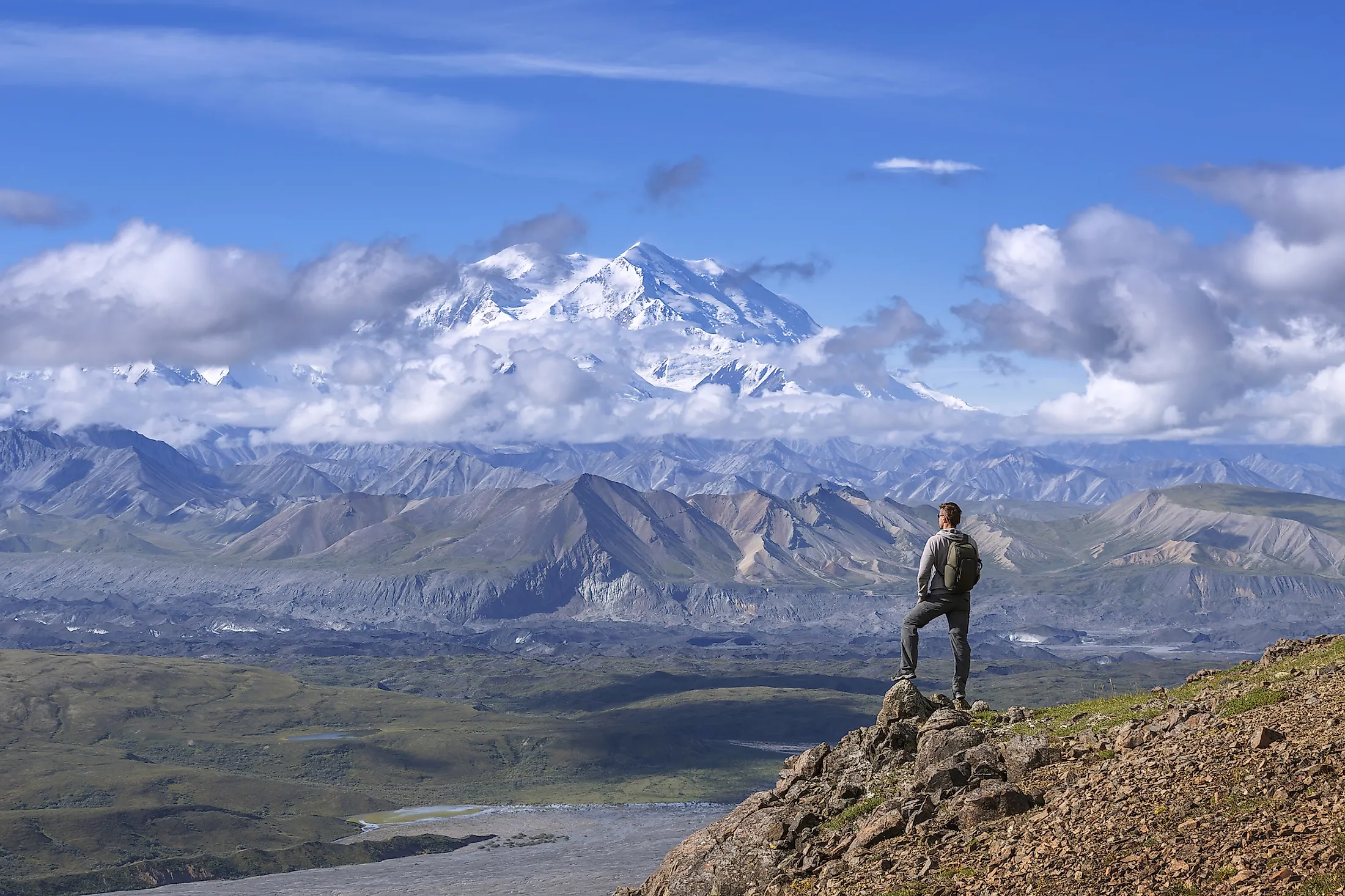
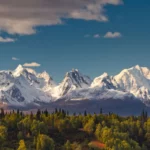
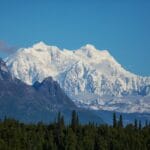

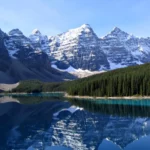
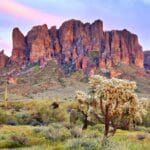











Comments are closed.